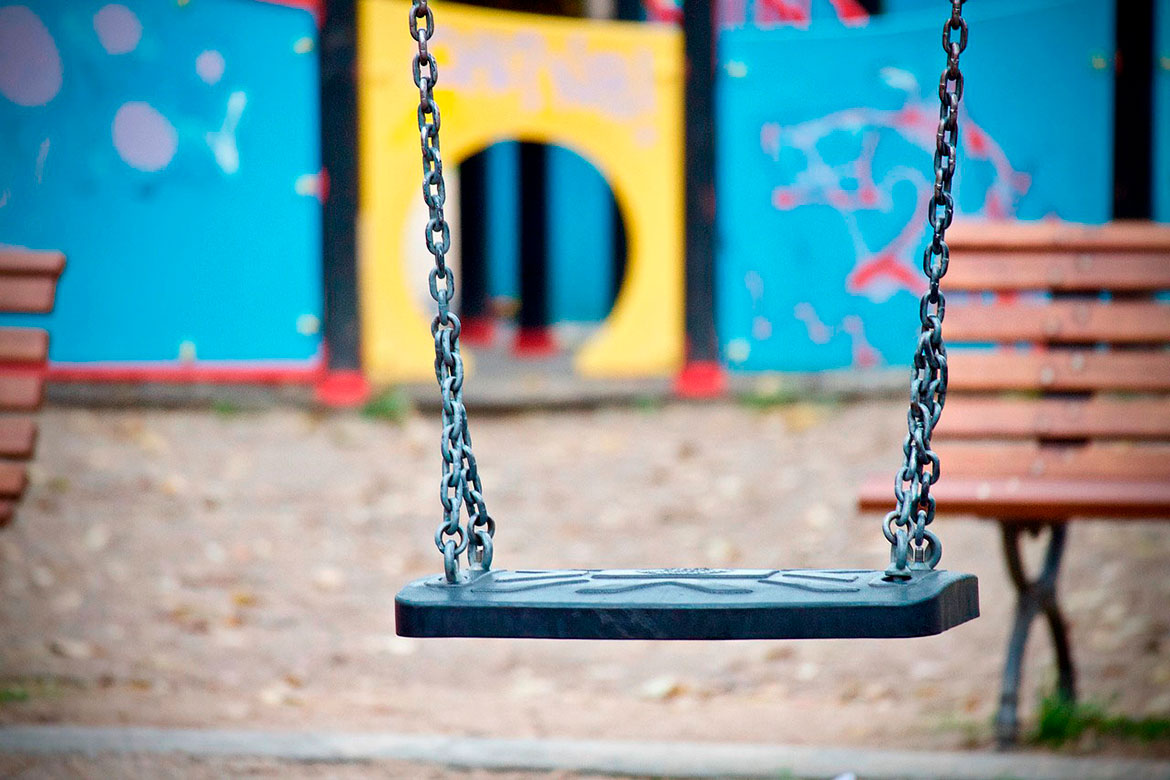Swing Maintenance
Playground swings are enjoyed by all ages of children and adults. A few key factors determine if a playground swing meets commercial safety standards:
Commercial Swing Set Design
The general rule of thumb is to have no more than 2 seats per bay. A swing bay includes a top rail and in-ground posts. In commercial settings, swings cannot be attached directly to another event such as a structure, slide, or climber. Although this is allowed in residential playgrounds, the CPSC and ASTM do not allow for a combination of swing and events.
Age-Appropriate Swing Seats
Toddler Age (ages 6-23 months): Bucket Seats, Half-Bucket Seats, Specialty Seats for ADA Purposes
Preschool and School Age (ages 2-12 years): Belt Seats, Specialty Seats for ADA Purposes
School Age Only (5-12 years): Tire Seats
Adult Age (13+ years): Specialty Seats for ADA Purposes
According to current safety code, you should not place two different types of seats in the same swing bay. For instance, do not place a belt and a bucket seat in the same bay, but you can place two belts or two buckets in the same swing bay. By choosing a T-Swing, you can bypass this rule as each seat is in it’s own bay. As a single swing can have an unlimited amount of bays, each bay can provide belt or bucket seats, just not mix matching in the same bay.
Swing Set Hardware: Tools Are Required
Swing set hardware is not limited to chain, hangers, s-hooks, and shackles. For time savings and convenience, we recommend buying shackles over s-hooks. Shackles simply tighten up with a security wrench, whereas s-hooks require great force. When several seats are being installed, a set of S-Hook Pliers may be needed to close open hooks.
Recommended Schedule for Playground Swing Maintenance
Monthly, or in the least annual maintenance checks should be taken on all swings, hardware, and surfacing. It is the responsibility of the playground owner to maintain equipment to current safety regulations. Many parks and cities have been liable in lawsuits due to injuries directly resulting from a lack of swing maintenance. Consider rubber swing mats to keep loose surfacing in place.
Safety Checklist for Maintaining Swings


